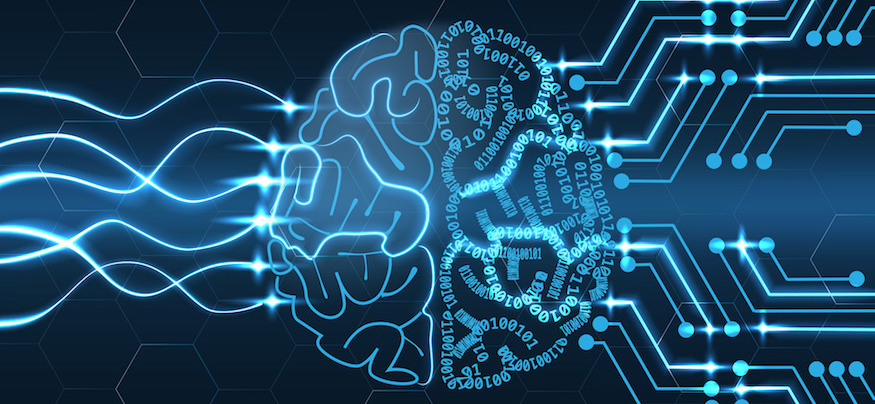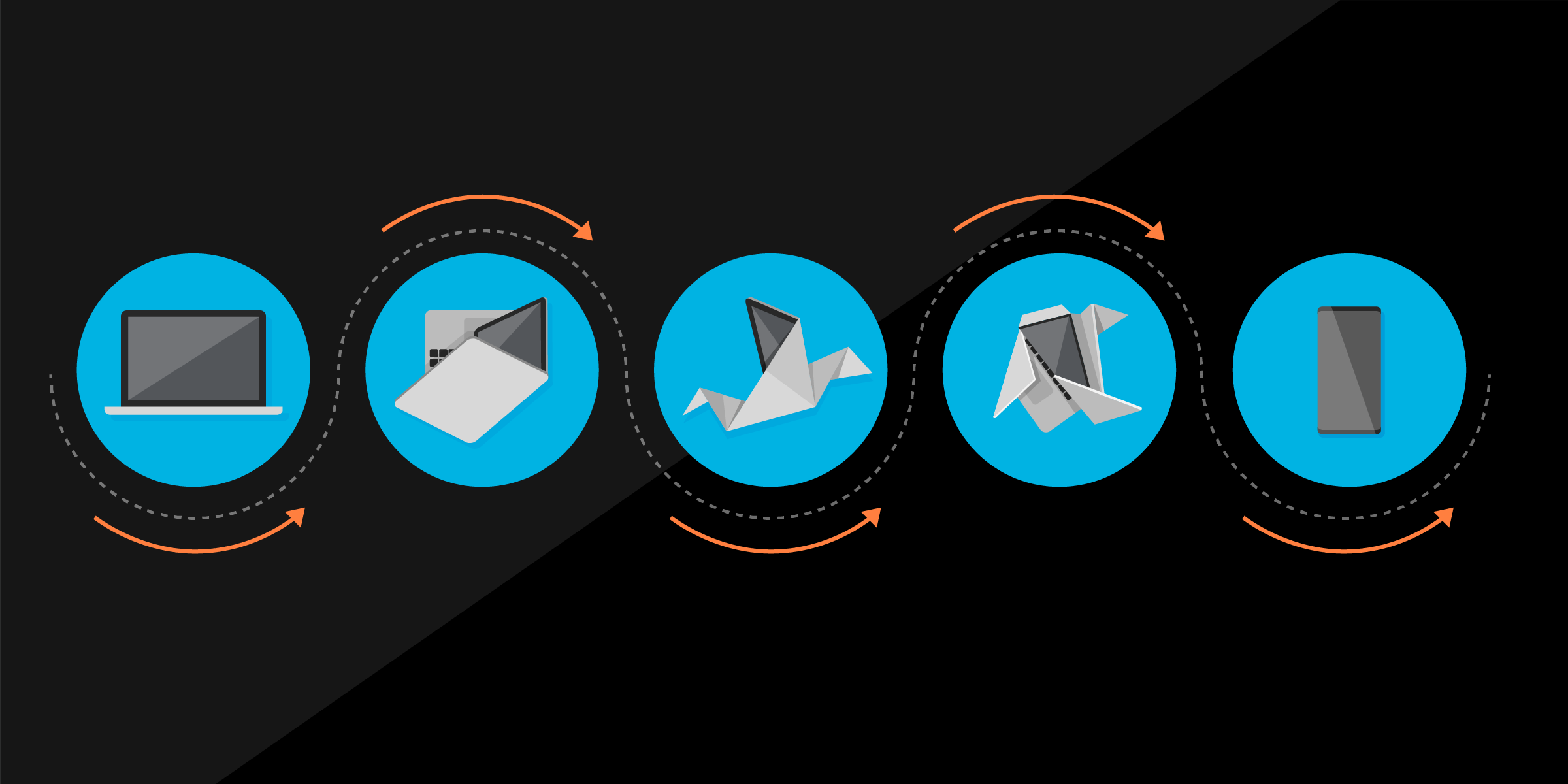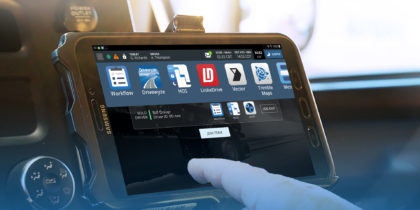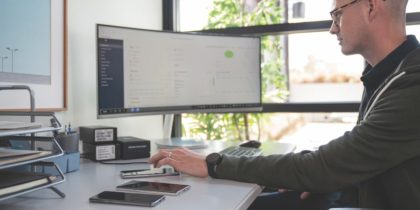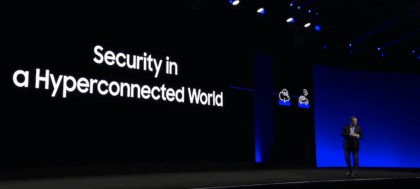With the Internet of Things (IoT), artificial intelligence (AI), augmented reality (AR) and more making an impact on how organizations do business and interact with their customers, we tapped R “Ray” Wang, principal analyst, founder and chairman of Constellation Research, Inc., for some additional insights on how these new technologies will disrupt the workplace.
Q: What are the biggest changes that a digital workplace is bringing about that workers and companies will need to adapt to?
Wang: The biggest change in the digital workplace is really that humans are going to have to learn how to work with machines and understand where machines can augment decisions or are going to fail because they don’t have the context or they don’t understand a pattern.
We have to understand how these algorithms work and we have to understand the attributes. How did this decision occur? And why did it occur? That way we can understand if there’s a bias or not. And more importantly, we have to make sure these systems are human-driven, where ultimately humans actually make the decision.
Q: How does the trend toward a more mobile workforce fit in with the type of digital transformation workplaces are currently undergoing?
Wang: We have a concept called Infinite Ambient Orchestration, and what that means is that when you walk into a room or a workplace, it should be contextually relevant — giving you the right information at the right time with the right security factor. The mobile workforce is really about helping people work in the environments that they are accustomed to. So whether you’re on the road, in a car or in an office, it doesn’t matter — the main point is that you are able to collaborate, connect, share, and more importantly, take an idea out to market faster than you were before because of all these technologies.
Q: There’s a lot of worry in the media about AI and the loss of jobs. Should we be concerned?
Wang: We have a concept called Augmented Humanity. What we believe is that humans are really good at certain things and it’s important to understand that intersection between where humans play a role and where machines play a role. For example, humans are really good at being creative. They’re very good at understanding complexity and fine motor skills. But machines, things that are AI-powered or connected via the Internet of Things, are typically things that are highly repetitive, things that have massive volumes of data that we can’t comprehend, that require fast times of completion or have massive modes of interaction.
Listen to the Podcast
Hear more insights from Ray Wang in Episode 1 of Business Disrupted, Samsung's new podcast series. Download Now
A great example of this is when you think about airplanes. Almost 90 percent of the flight is actually controlled by machine today on auto-pilot, but the 10 percent where humans get involved is take-off and landing because that’s the most complicated area and where between 70-90 percent of the accidents occur. So, does this eliminate the need for humans? No, because the counterpoint is Captain Sully, the pilot who landed his plane on the Hudson River. All the computer simulations and models say, “This person is not going to be able to land this plane in any way on the water — it’s impossible.” Nonetheless, even if it was a .0003 percent chance of actually happening, he landed the plane. And that’s where humans are able to take a complex situation and their intuition and make the call, and where machines are going to fail because they don’t have the context or they don’t understand a pattern.
Q: Knowing that humans still have critical roles in business, what opportunities are there for business that actively embrace digital transformation and that intersection of humans and machines?
Wang: There are so many opportunities to transform a business. If you are an equipment manufacturer and you’re selling tractors or you’re selling power supplies or jet engines, you’re not selling the product anymore. The business model is availability, and with capital equipment it’s the fact that you need a lift or a tractor and it’s not available. So for $10,000 for the year, for example, you can guarantee a certain amount of availability. That’s what you’re selling — not the equipment. These are the kinds of transformations we’re seeing in business. Jet engines aren’t being sold, they’re being sold as flight miles. These are the kinds of opportunities that are popping up because of digital transformation.
Q: And what are the risks for those who lag behind in making the transformation?
Wang: The important thing is to get started. You’ve got to get started by thinking about a business model shift and how you want to change the way you engage with customers. Digital Darwinism is unkind to those who wait.
Want to stay ahead of digital trends? Listen to Samsung’s new podcast, Digital Transformation in the Workplace, to hear more great insights from R “Ray” Wang as well as from Jonathan Reichental, CIO for the City of Palo Alto, and Mary Beth Westmoreland, CTO, Blackbaud.
